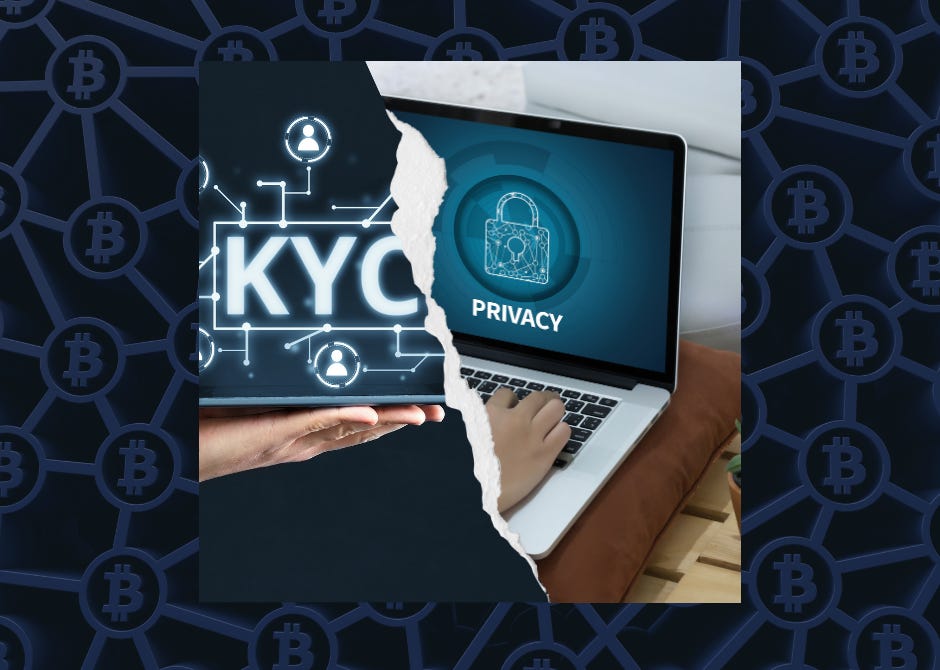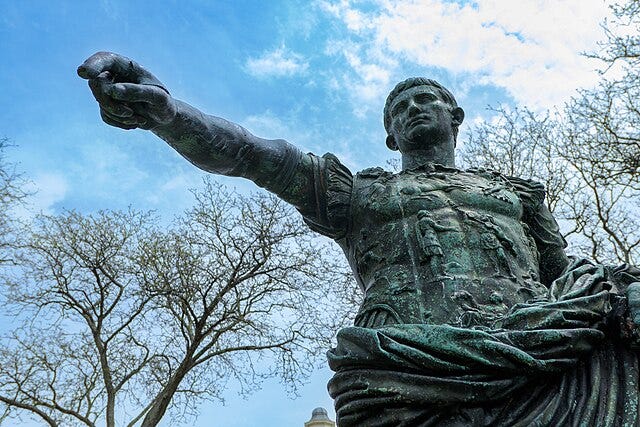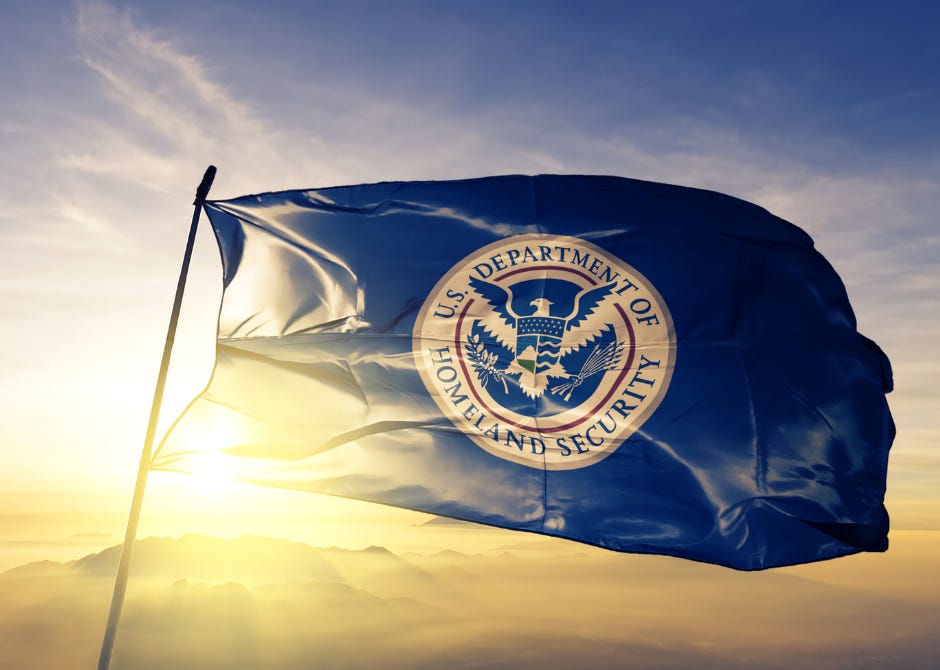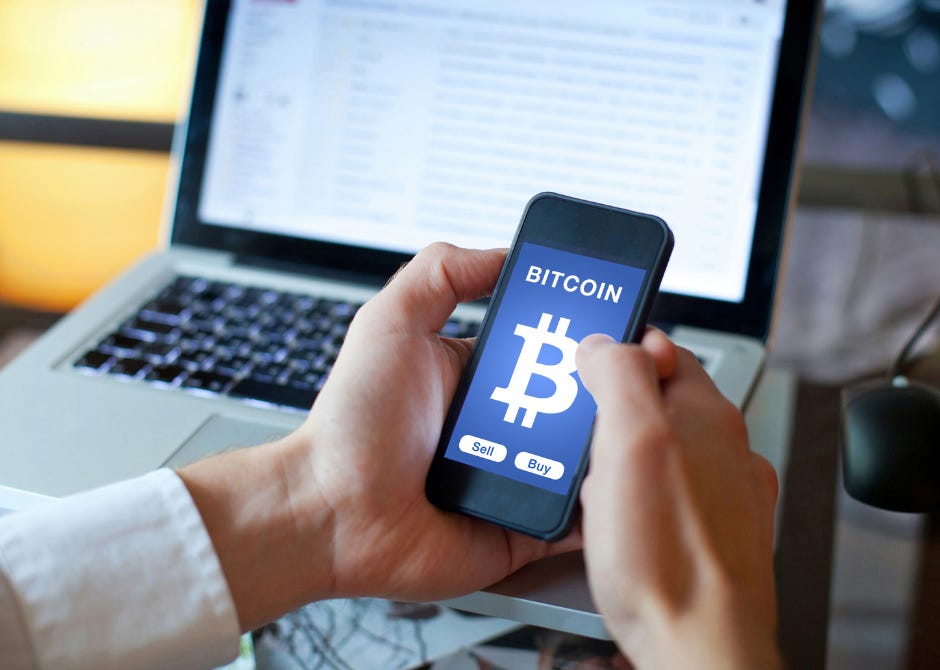All through human history, the struggle between freedom and safety has shaped the course of civilization. The two ideals are inseparable yet irreconcilable; one expands only at the expense of the other. When people feel threatened, they demand protection, and in exchange, they hand over pieces of their liberty, sometimes willingly, sometimes unknowingly. The trade seems reasonable in moments of fear, but time has always revealed the hidden cost: power granted for safety rarely returns to the individual once the danger has passed.
History leaves a trail of warnings. In ancient Rome, citizens exhausted by civil strife accepted Augustus’s promise of peace and stability, ushering in the imperial era that ended their republic. Collective security arrived, but so did centralized authority. Centuries later, Europe’s monarchs invoked the need for safety from chaos and outside enemies to justify absolute rule.
The English Stuart kings insisted that harsh governance was necessary to preserve order, but revolutions ultimately demanded that liberty, not fear, become the measure of power. Even in modern times, the aftermath of crises has echoed a similar pattern: during the two World Wars, governments vastly expanded their control over economies, communication, and individual movement, all justified as temporary measures for public safety. After 9/11, new surveillance and security laws arose around the world to protect citizens from terrorism, yet they also entrenched systems of monitoring that remain long after the initial threats receded.
In every age, fear concentrates authority. And yet freedom, once lost, rarely flourishes again without struggle. This tension does not exist only in politics; it is evident in the realm of money as well. When governments took charge of issuing currency, they promised stability and protection from fraud or exploitation.
However, as money became increasingly centralized, ordinary individuals lost control over their own wealth. The shift from commodity-based currencies to fiat systems marked perhaps the greatest exchange of freedom for safety in modern economic history. Money, once a symbol of personal value, became an instrument managed by policy, surveillance, and permission.
The birth of Bitcoin in 2008 challenged that trajectory. It offered a system of value exchange built to resist control: peer-to-peer, borderless, and transparent in code, rather than in bureaucracy. Its innovation lay not just in technology but in principle: trust could be distributed, not dictated.
Yet, as Bitcoin entered the mainstream, the same old forces of security and regulation continued to surround it. Governments and institutions justified Know Your Customer (KYC) rules and identity verification as tools to prevent crime and ensure public safety. The rhetoric was familiar: freedom is dangerous, control is necessary. But with each new restriction, users moved a step further from the original intent of a self-sovereign financial system.
Today, the paradox is clear. Bitcoin, by design, is open and uncensorable. But its gateways, i.e., the exchanges, brokers, and payment platforms, operate within traditional systems of oversight. Most who enter the Bitcoin economy do so through channels that require state-approved identification and constant monitoring. The code remains free, but access has become increasingly contingent upon compliance.
History suggests where this path leads. The more any society prioritizes security, the more it must regulate and inspect. The more it regulates and inspects, the less it can tolerate autonomy.
Bitcoin is perhaps the latest stage in the long historical dialogue between the individual and the state; between trust in authority and trust in oneself. Whether people use it as intended, directly and privately, or allow it to be absorbed into the system it sought to transcend, will determine whether this new era reproduces old patterns or forges something genuinely freer.
Follow and Connect with the Author, Deanna Heikkinen
Connect with Deanna on X HERE
Buy her Bitcoin books for adults and children HERE
Learn about her Bitcoin Education organization HERE.
On Substack
About the Author
Deanna Heikkinen is an author, historian, and educator with over 15 years of experience in teaching. Holding a Doctorate in Education and Master’s degrees in both History and Anthropology, she brings deep academic insight and a love of storytelling to her exploration of world history, Western civilization, and the evolution of money. She co-authored, with her husband Joel, the 2004 book Shells to Satoshi: The Story of Money & The Rise of Bitcoin, which follows the development of money from ancient exchange systems to digital currency. Her 2025 book Ownschooling: Bitcoin, Sovereignty, and Educationencourages families to reimagine education, sovereignty, and financial literacy in an increasingly decentralized world. She is also developing a multi-level children’s book series that introduces the story of money, from cowrie shells to Bitcoin, to young readers.
As the founder of The Money Wisdom Project, a new nonprofit educational initiative, Deanna seeks to educate children and communities about the history of money and Bitcoin. The organization is working to create comprehensive curriculum packets on the history of money and Bitcoin to distribute free of charge to teachers, schools, communities, and Bitcoin circular economies. The project’s mission is to deepen financial and historical literacy while donating books on the history of money and Bitcoin to schools and public libraries worldwide, empowering learners of all ages to connect the lessons of history to today’s monetary systems..








